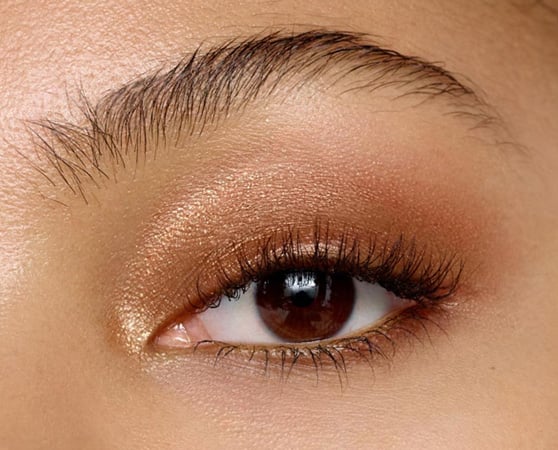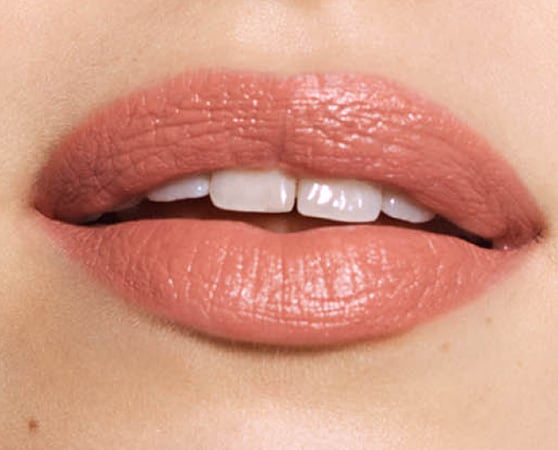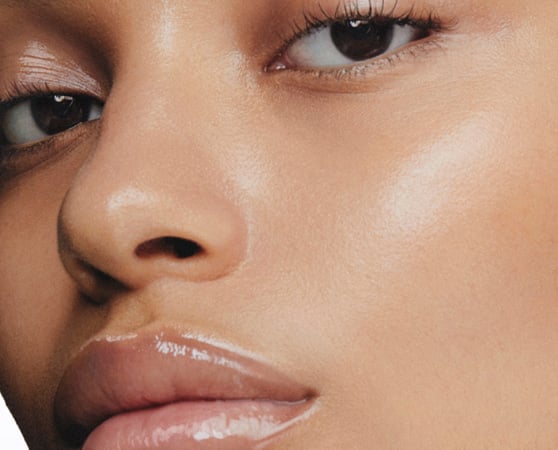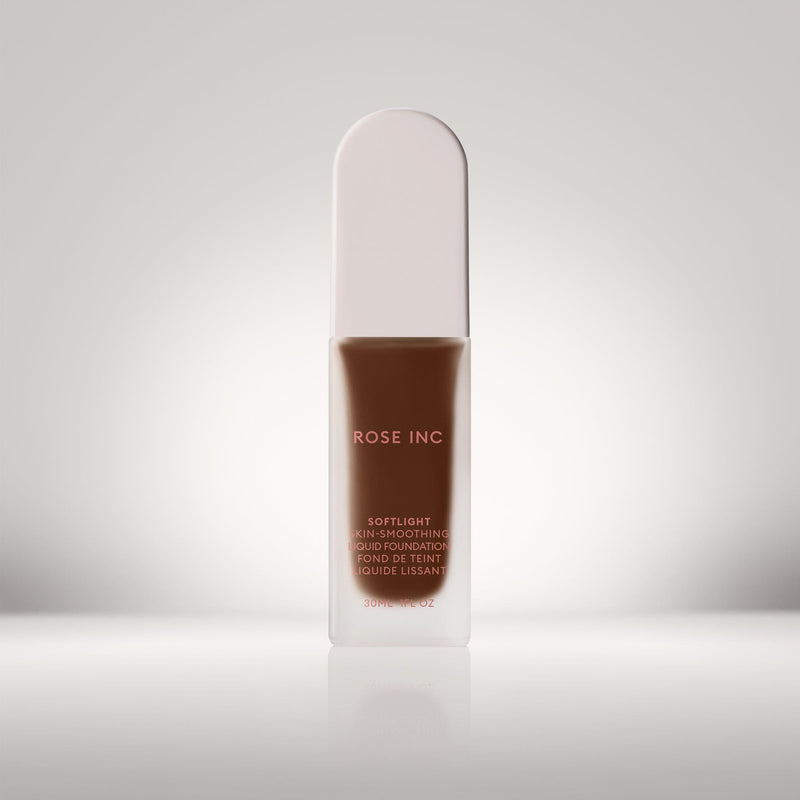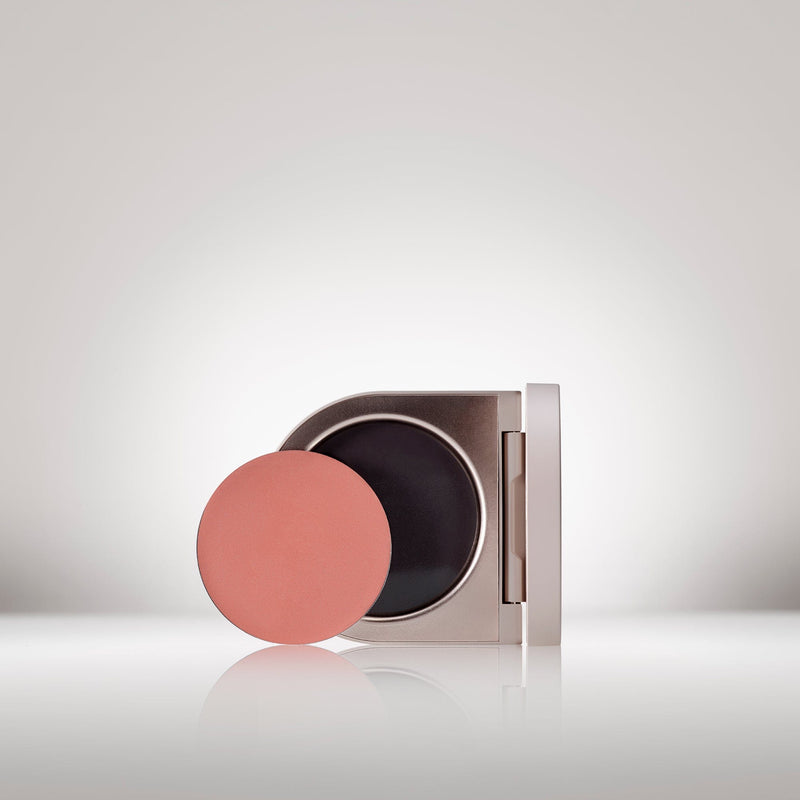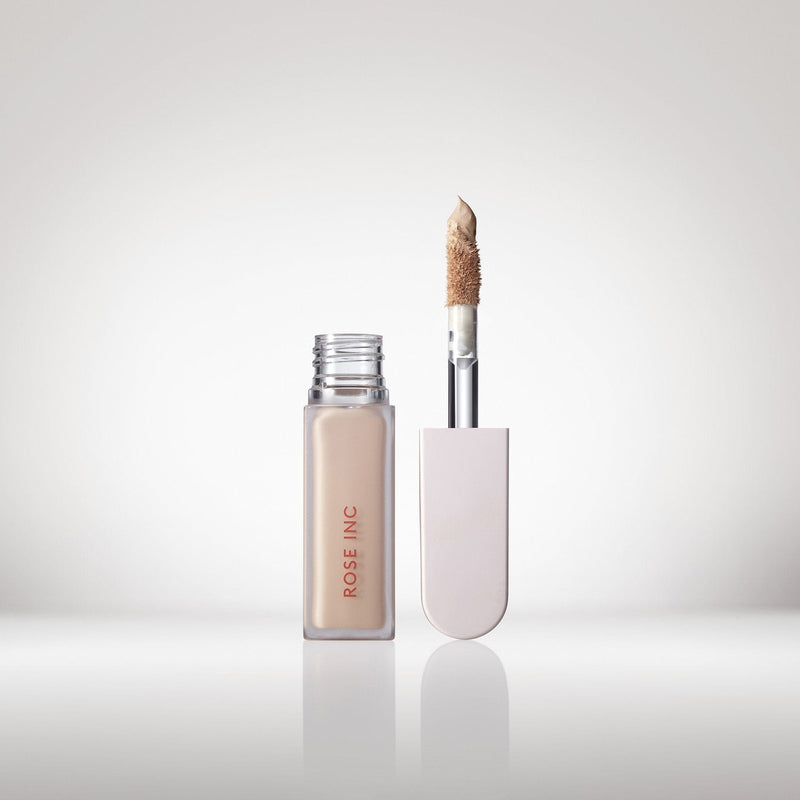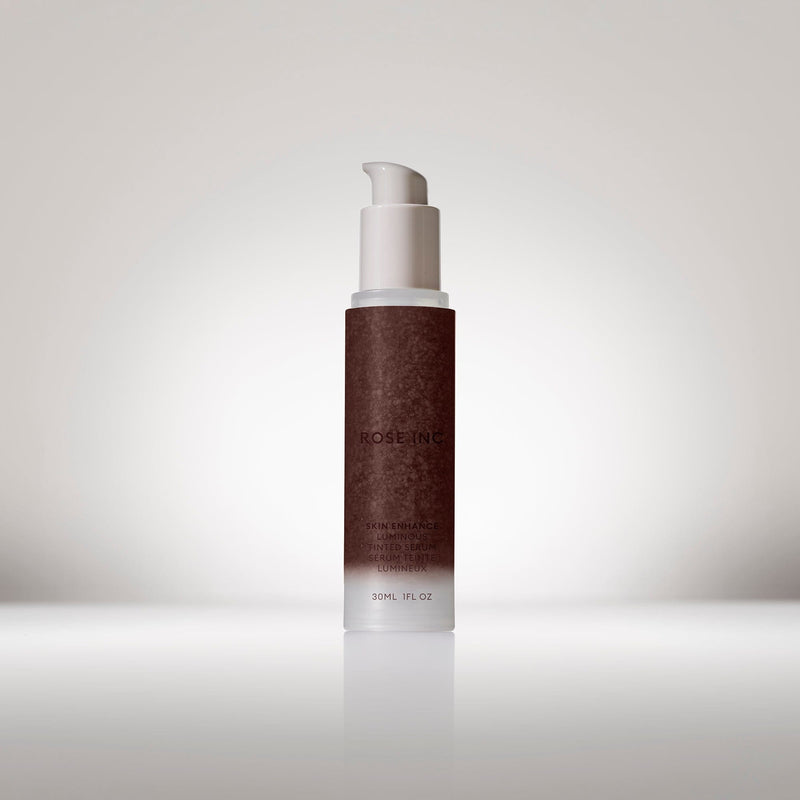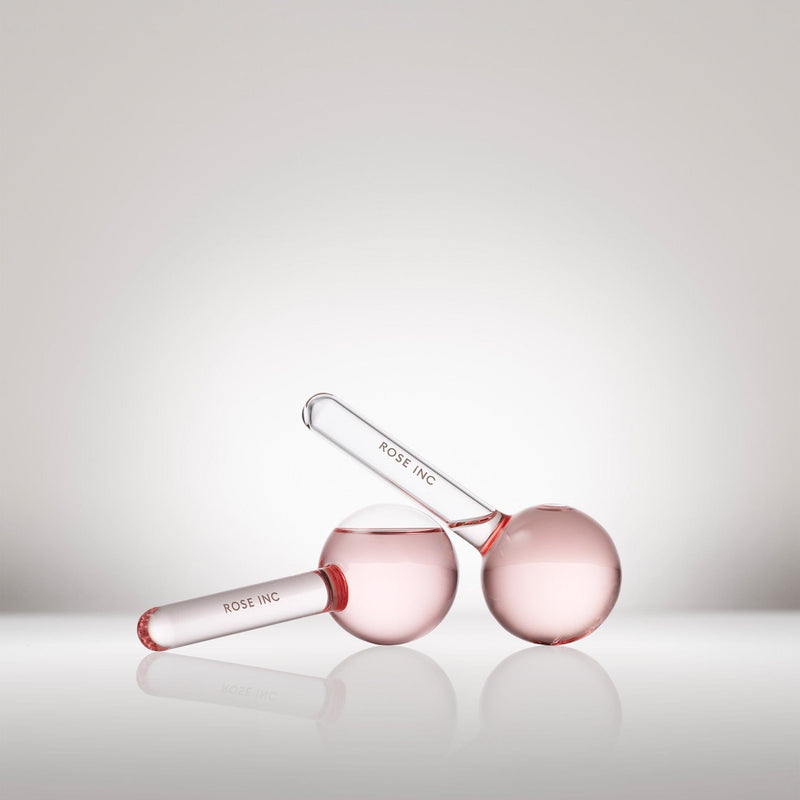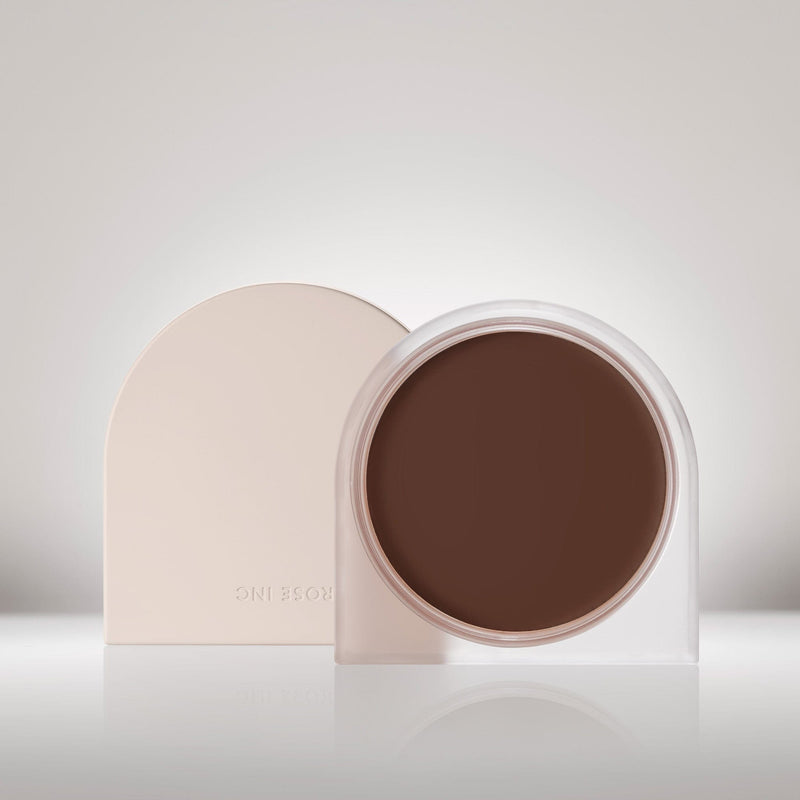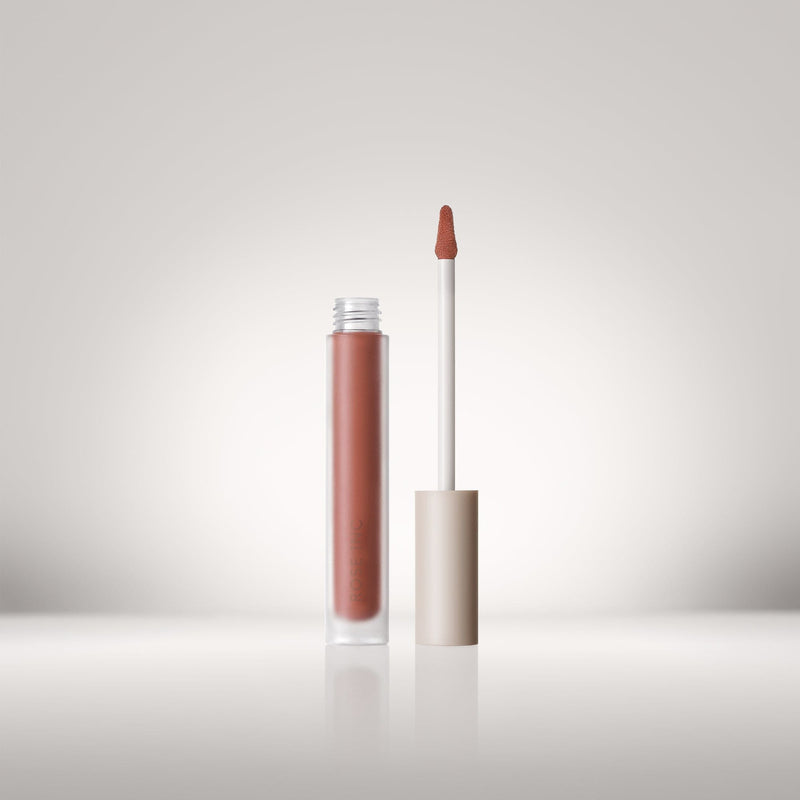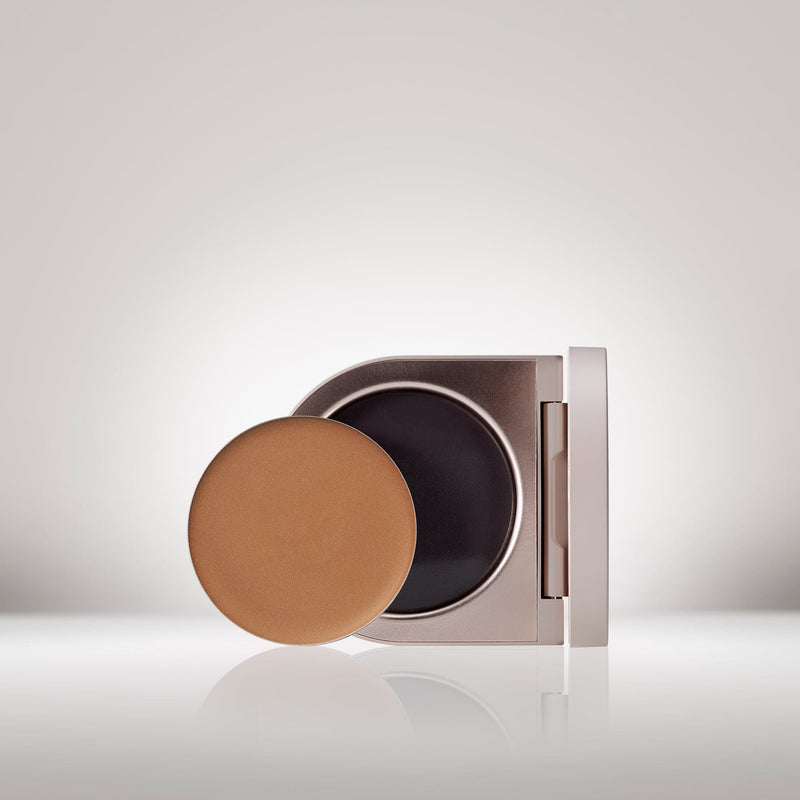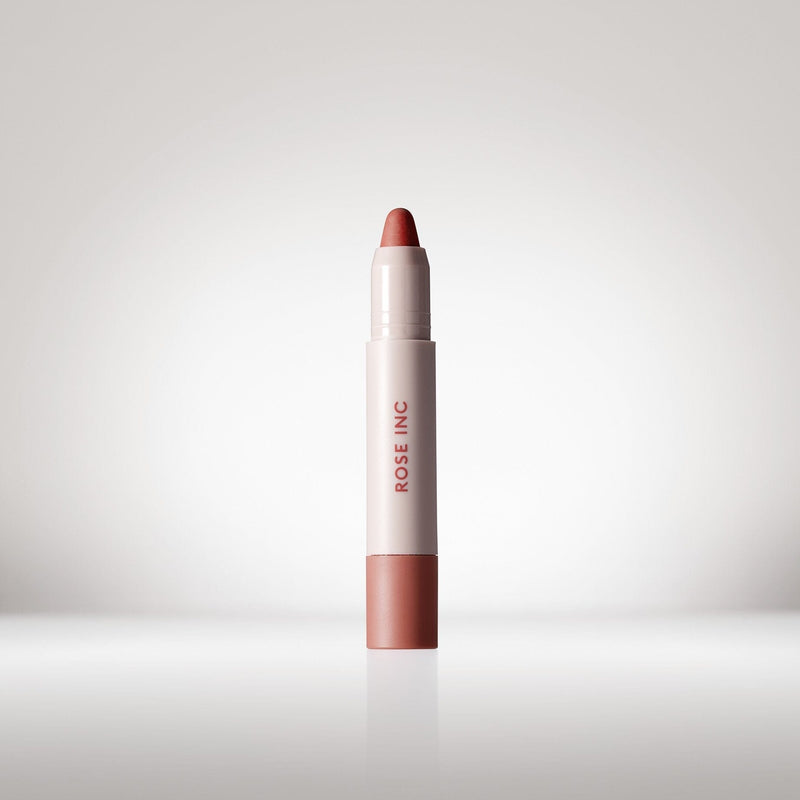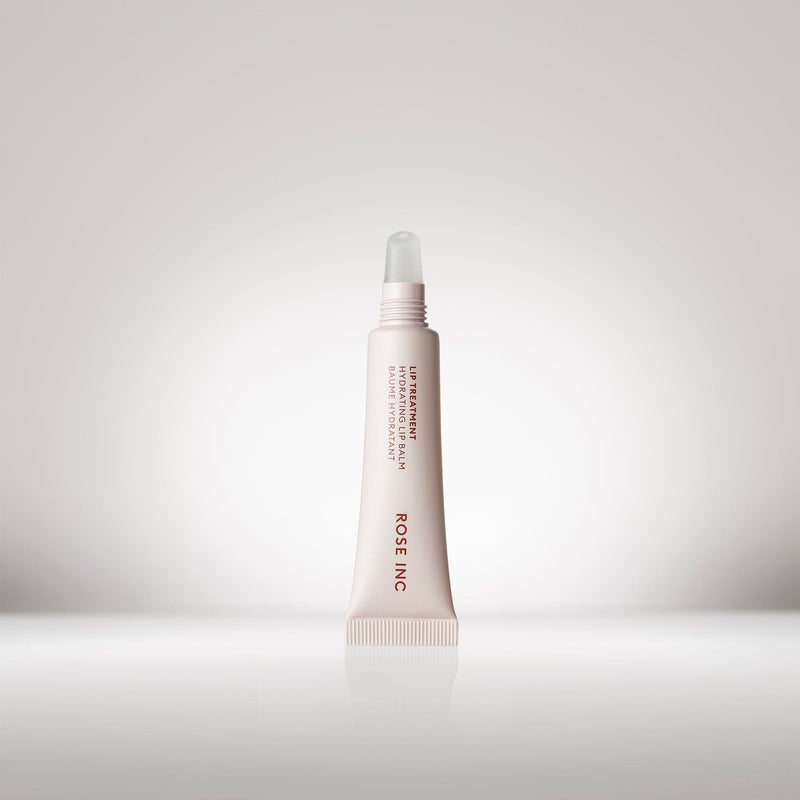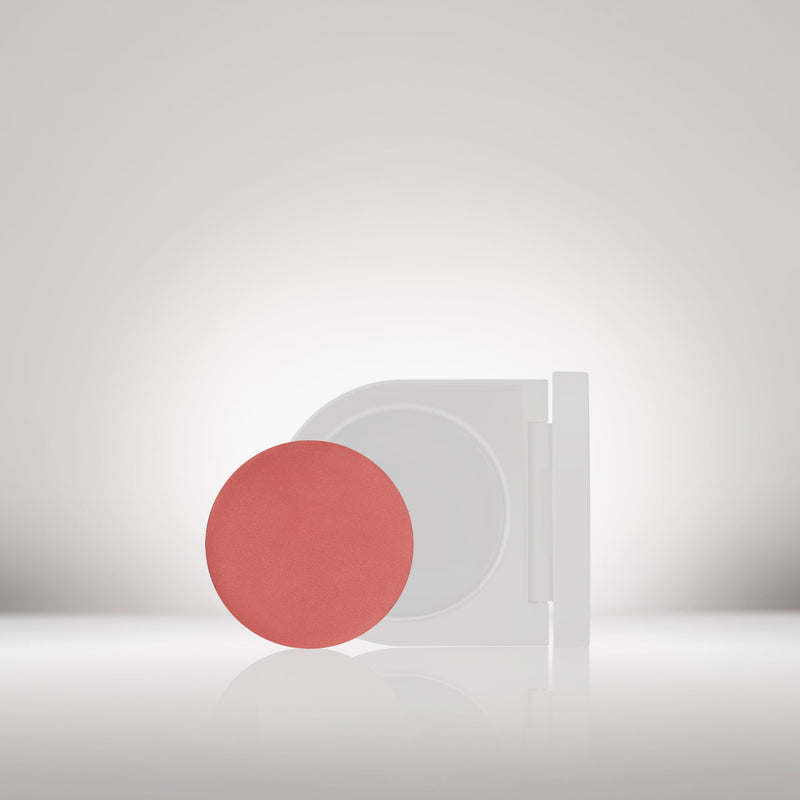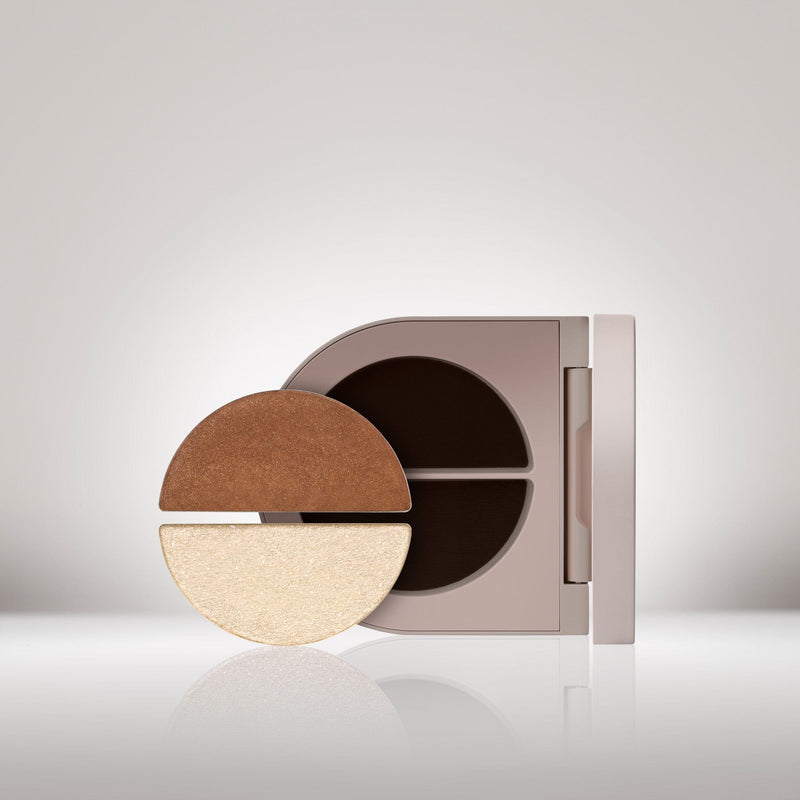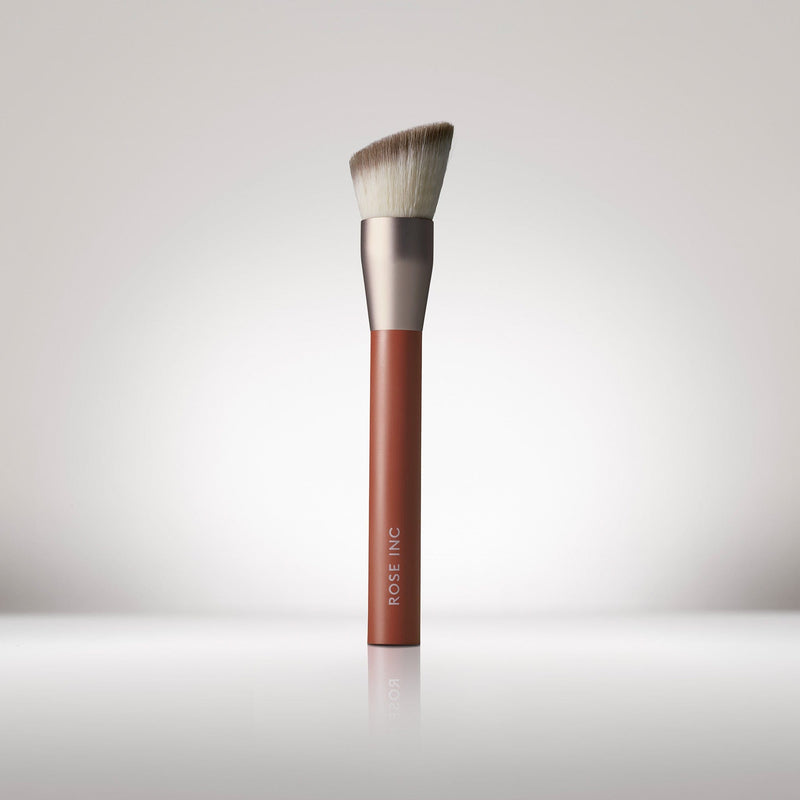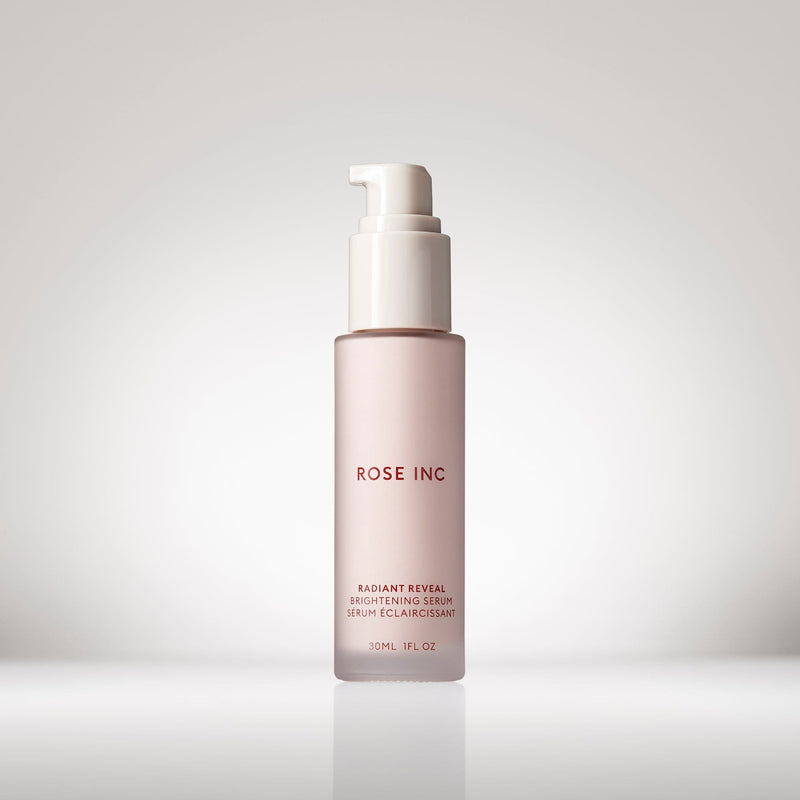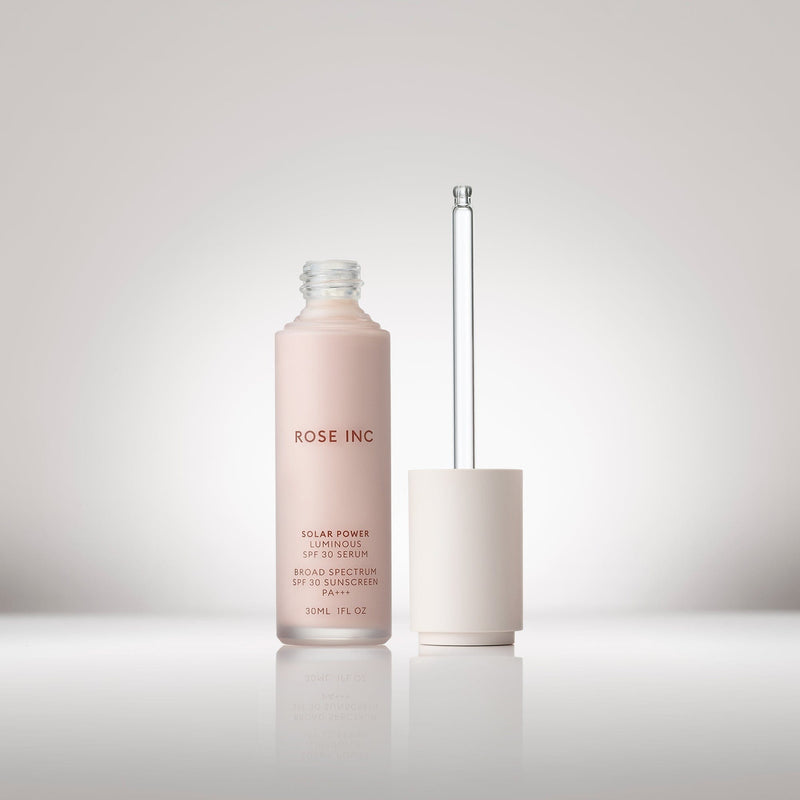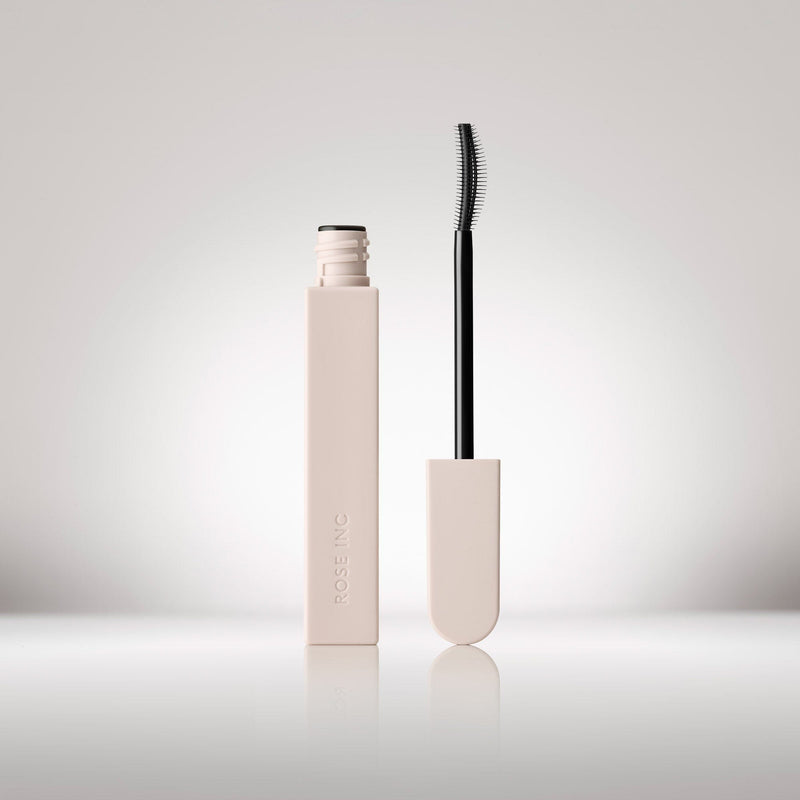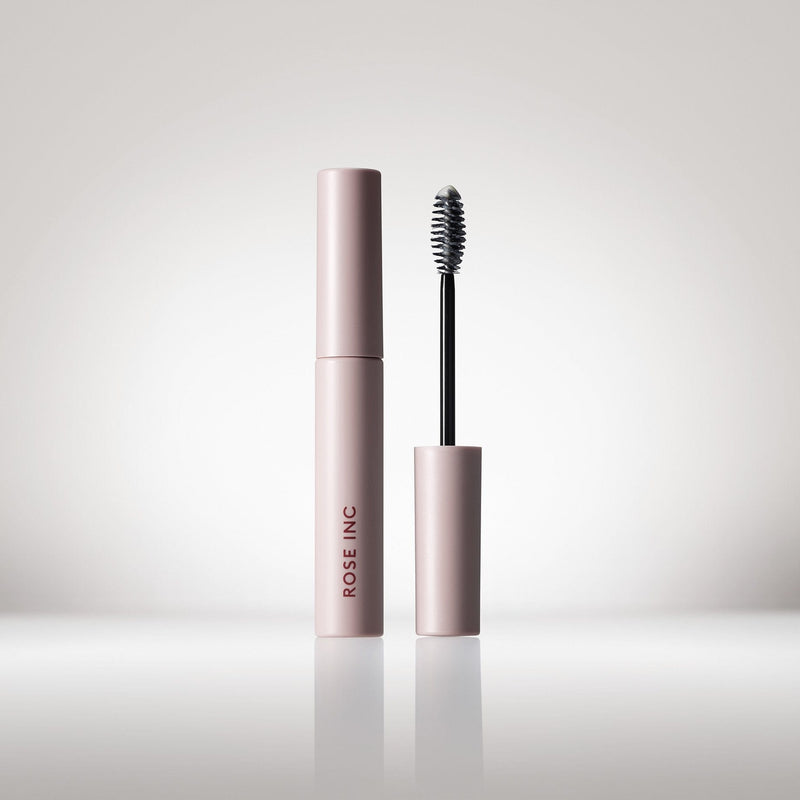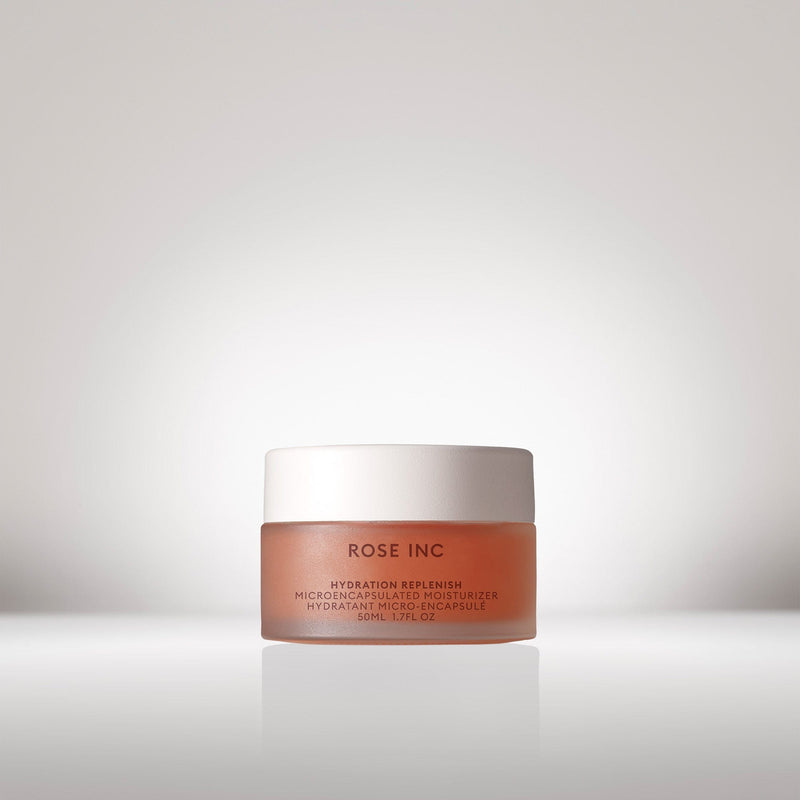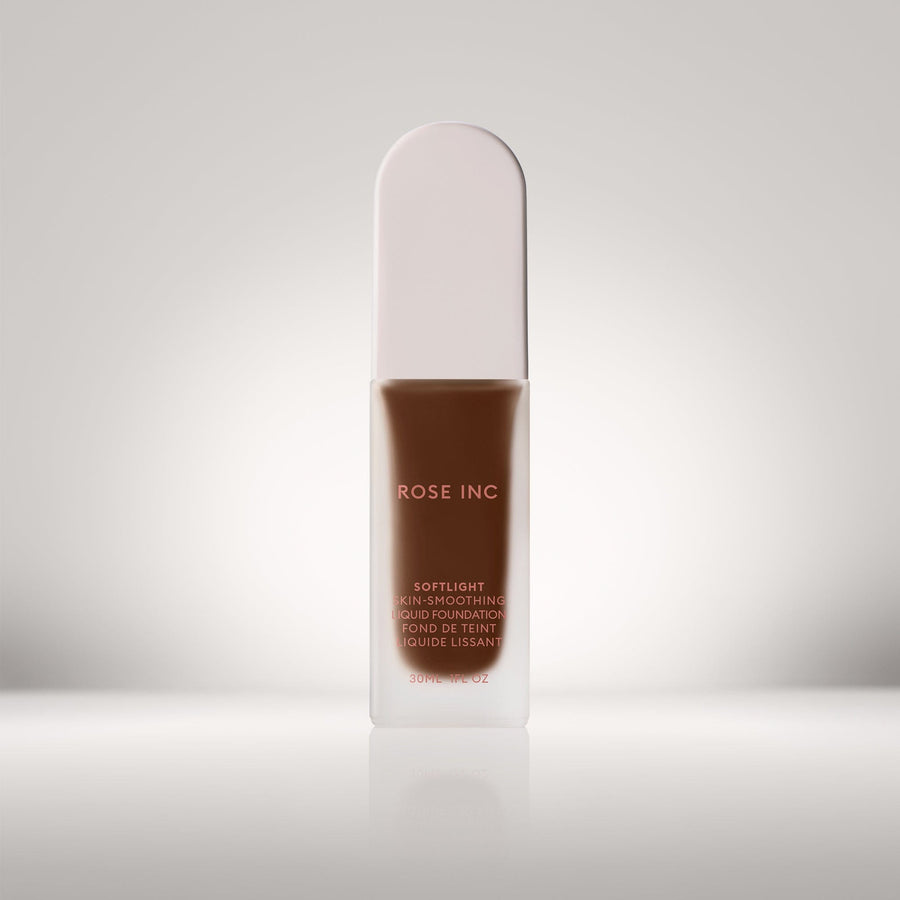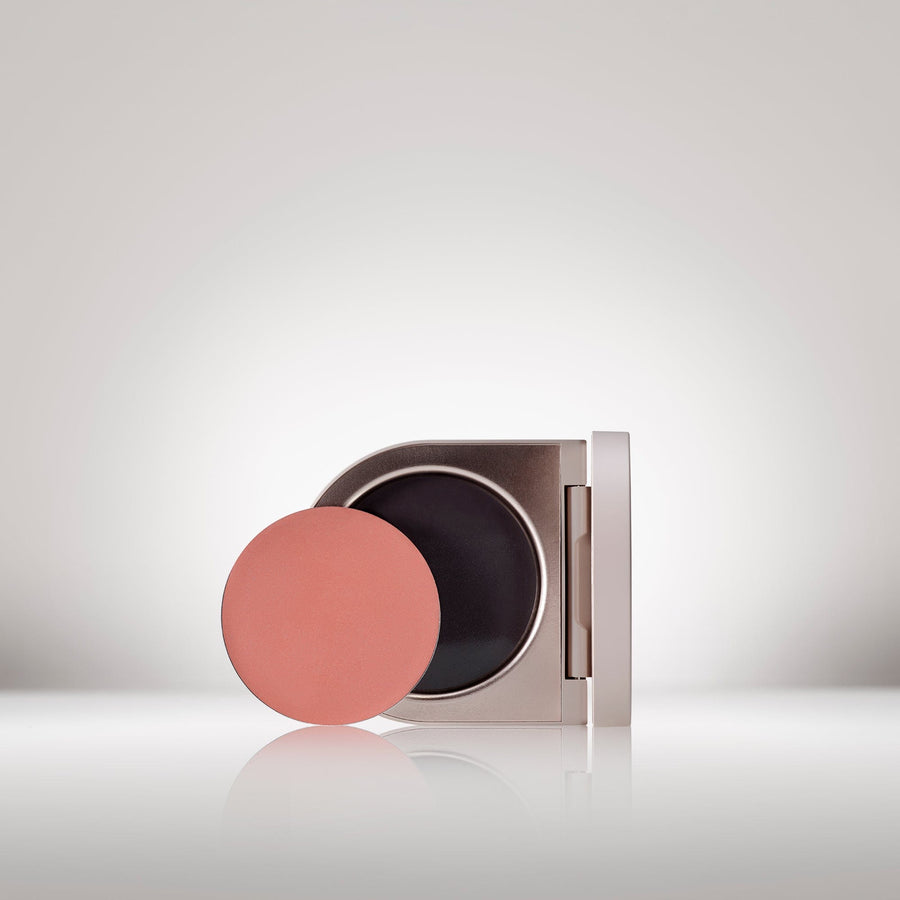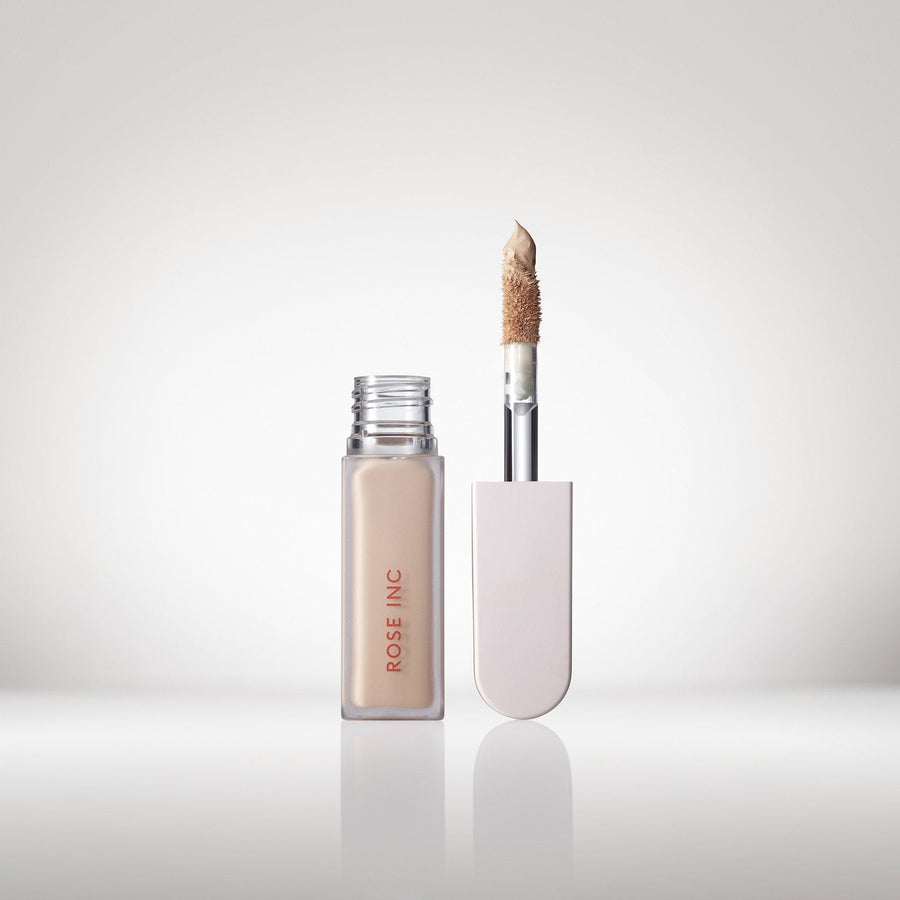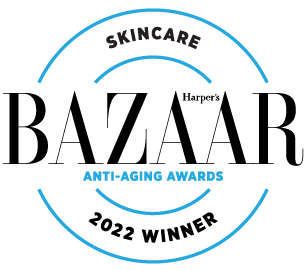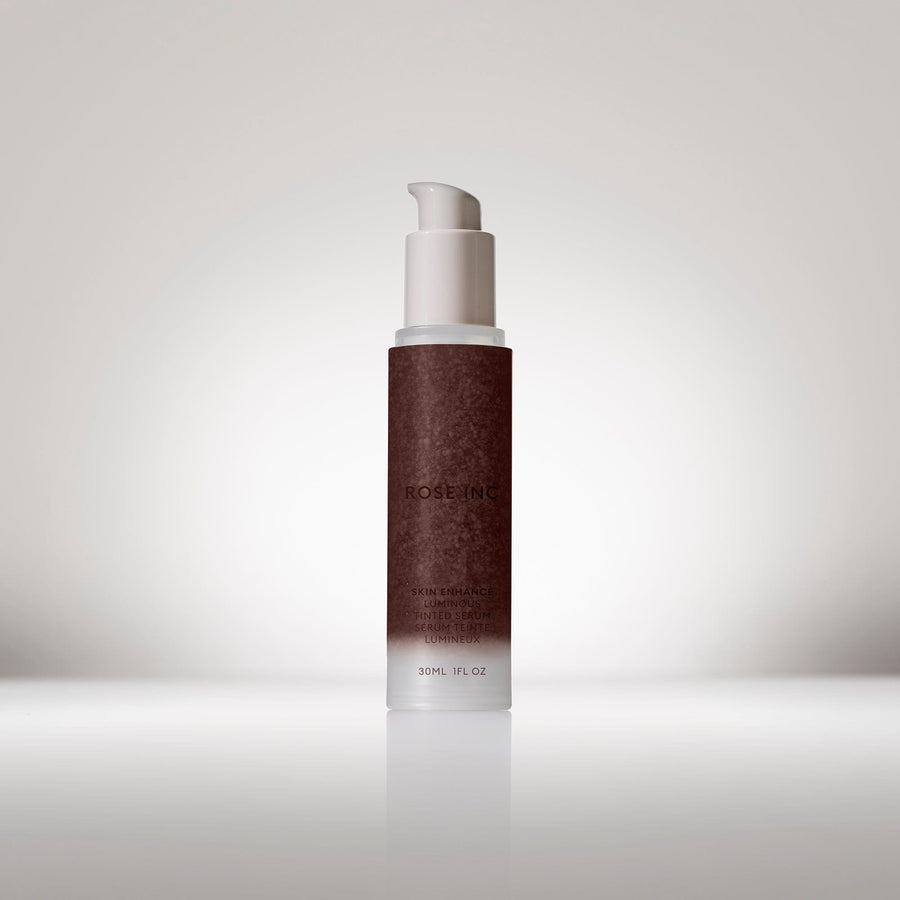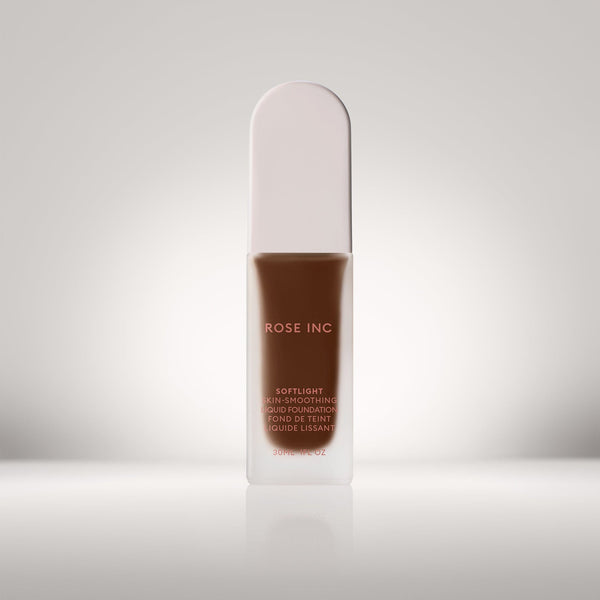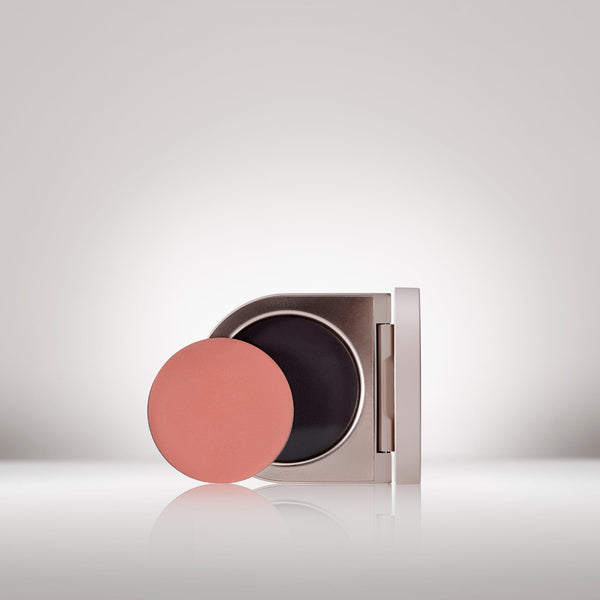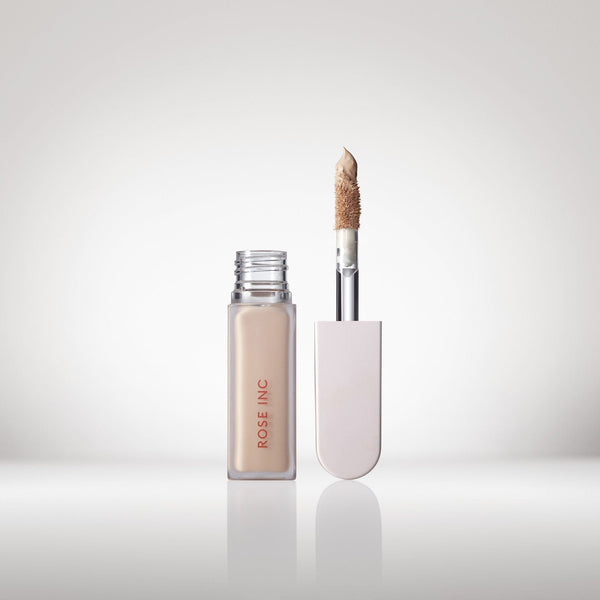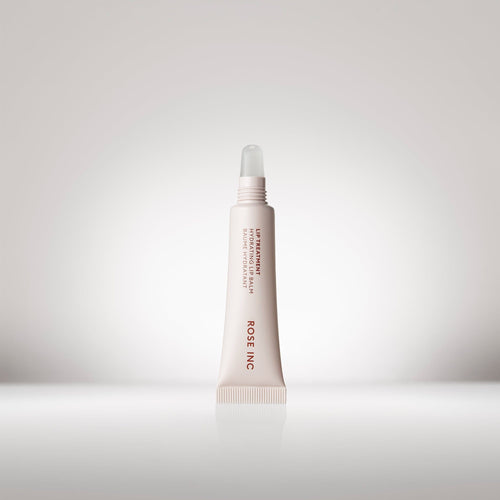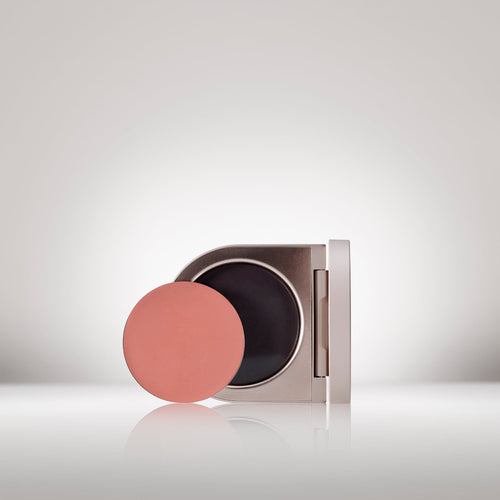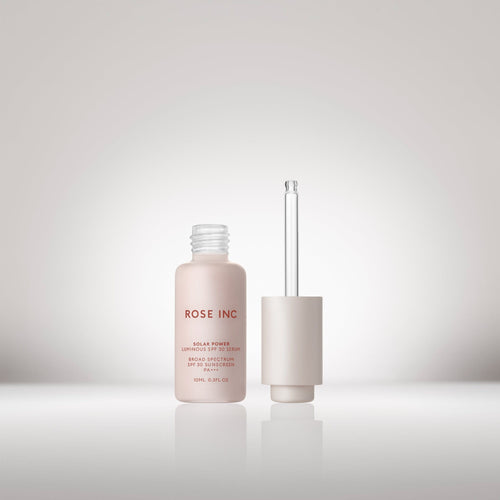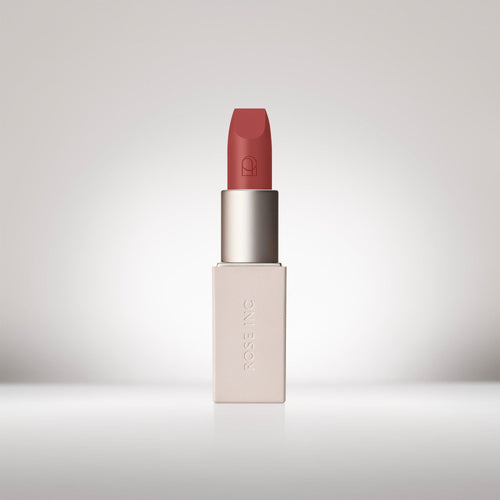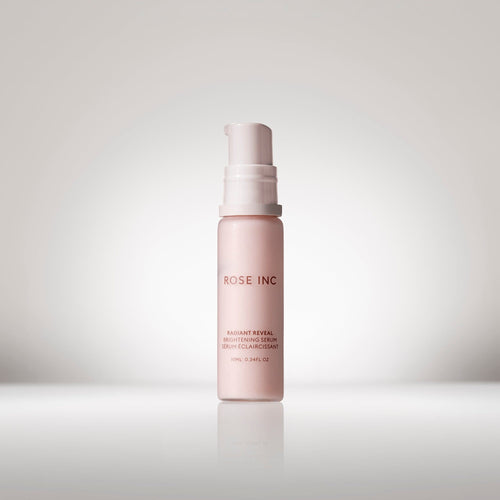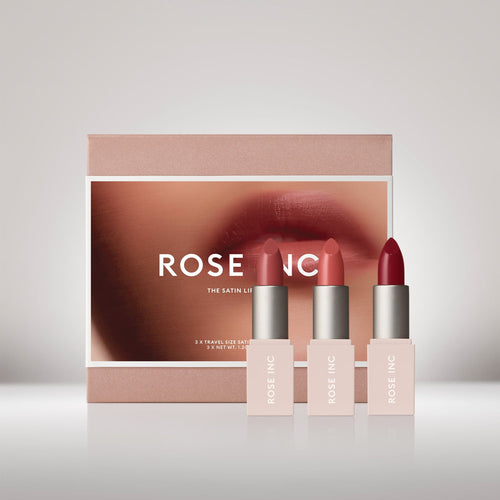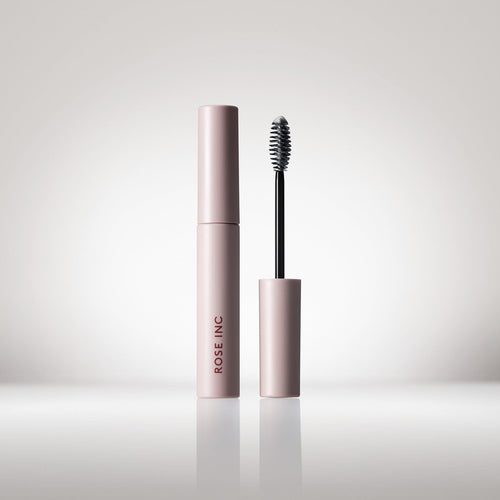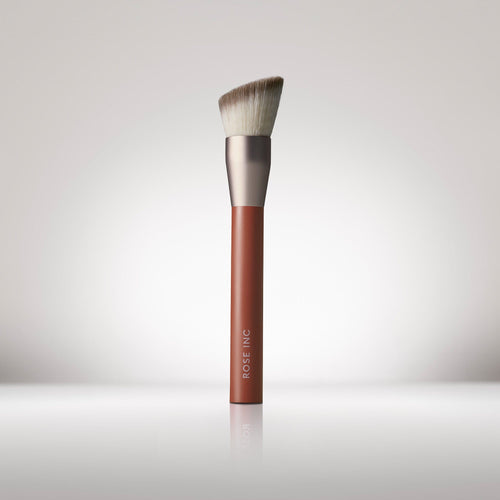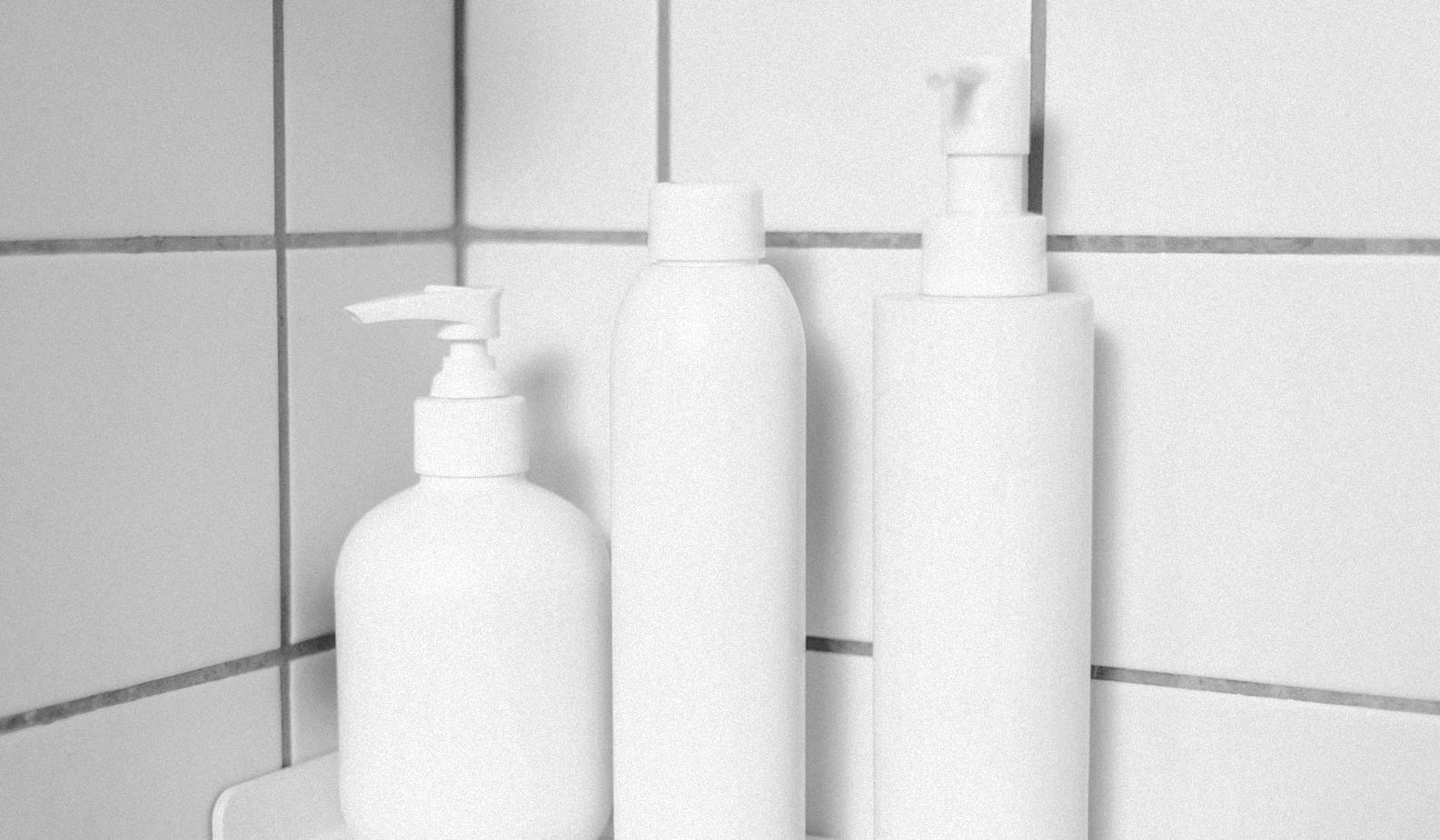
The Truth About Biodegradable Beauty Products
Are biodegradable beauty products really a better option or simply marketing lies? Rose Inc. investigates.
The beauty industry is bigger now more than ever, with new-to-market brands and products popping up year after year. And while that can be exciting for beauty fans, the environmental impact the industry has had on the planet is serious. According to Zero Waste Week, more than 120 billion units of cosmetics packaging were produced globally in 2018, with many of those lipstick tubes, foundation bottles, and sheet masks — not to mention all of the packaging they come in — ending up in landfills.
As a response, brands have been finding ways to reduce waste, with one of them being biodegradable products. But what does that mean, exactly? And better still, are they any better for the planet? Rose Inc investigates.
Biodegradability Is More Complicated Than You Think
In simple terms, a biodegradable object gets naturally broken down by microorganisms, such as bacteria and fungi, and is returned to nature instead of contributing to pollution. Unfortunately, it’s not like magic; you can’t just toss any finished product into the trash bin expecting it to disintegrate. For an object to biodegrade, it has to be done in the right environment and conditions, and sometimes that means an industrial composting facility. This can be incredibly confusing for consumers when they see the term “biodegradable” printed on the label or used in a brand’s marketing without any further explanation.
Dr. Sarah-Jeanne Royer, a plastic and microfibre degradation expert and oceanographer at Scripps Institute of Oceanography, says that consumers might see the term biodegradable and in their mind, assume that the product is “green” so it must be fine. “Very often, there's a lot of greenwashing involved,” she says, adding that she thinks the term is being overused. “The truth is, very few of these [products] will be biodegradable under natural conditions. A lot of them will need to have high pressure and temperature where you basically cook them, then they will degrade.” Krupa Koestline, a clean cosmetic chemist, says that in landfills, where most garbage is taken, materials degrade very slowly, if at all. “This is because modern landfills are designed, according to law, to keep out sunlight, air, and moisture,” she explains. “This helps prevent pollutants from the garbage from getting into the air and drinking water, and slows the decomposition of the trash.”
Sometimes a product will also be labeled as being “compostable”. This means that it can break down into natural elements in a compost environment, which could be at home. Ethique, for instance, released lip balms that come in home-compostable tubes coated in a plant wax. When finished with the tube, you’re supposed to add it to your compost or garden where it could take anywhere from a few weeks to a few months, depending on the conditions. But that’s not always the case, as it could require the industrial compost setting.
The Truth About Bioplastics
Traditional plastic is estimated to be produced from 8% of the world’s oil production and takes hundreds of years to degrade. Biodegradable plastics, known as bioplastics, are often touted as better alternatives to traditional plastic because they offer a smaller carbon footprint. Many are even made using bio-based substances such as corn, cellulose, or sugarcane. But while these sound like the perfect solution, they aren’t really. Bioplastics require the aforementioned perfect conditions—which are not often found in nature—in order to break down.
“It is TerraCycle’s opinion that bioplastics that can be recycled along with other conventional plastics show promise, as the value and resources that went into producing them can be kept cycling,” says Alex Payne, a representative for recycler Terracycle US. “However, bioplastic PLA (polylactic acid) communicates a confusing notion of biodegradability. PLA won’t break down in a backyard or even in the environment, but only in an industrial facility. So, while the term ‘biodegradable’ sounds good, it isn’t always applicable to the average consumer.”
The truth is, very few of these [products] will be biodegradable under natural conditions…
The Deal With Certification
Krupa Koestline says that because “biodegradable” is not really a regulated term in the beauty industry, brands can claim their formulas to be biodegradable without having to test for it. “There are no standardized test methods either that have been approved by the FDA for cosmetics/personal care use,” she says. “Most companies rely on raw material suppliers to tell them if each of the ingredients in the formula is biodegradable.”
Some brands do make a point to be transparent about their biodegradability claims, especially if the product has undergone the option to test. “There are various testing methods applicable,” says Chris Koestline, certification manager of EcoCert. “One of the most common methods is the OECD 301 which states a material must biodegrade [more than] 70% within 28 days, under aerobic and anaerobic conditions.” Recently launched skin brand Common Heir received OECD 301F certification for its vitamin C capsules, which are made from algae and plant-based starch that dissolve in hot water within a few minutes. “We think there’s an incredible opportunity to educate consumers about biodegradability, because things don’t magically disappear. Something is consuming and processing it,” says co-founder Cary Lin. “Because we also know that these conditions don’t always materialize perfectly in the real world, it was important for us that it could dissolve if we took a little extra step when making tea or coffee. Either way, there’s no plastic bottles or pumps for landfill.”
There are no standardized test methods either that have been approved by the FDA for cosmetics/personal care use…
While there is a very long way to go when it comes to biodegradable beauty, there are brands out there making products that biodegrade easily without the difficult-to-achieve conditions. There’s Plus, the new personal care with a zero-waste, no bottle cleanser that you just add water to, which comes in a completely dissolvable sachet. And EcoTools came out with a biodegradable makeup sponge that breaks down within 180 days in a home compost environment. Meanwhile, other innovations show promise, such as packaging made from mushroom mycelium, which degrades in soil in 45 days. These are currently being used by brands like Loli Beauty and Sanctuary.
Of course, conscious consumers can also make moves towards a more biodegradable-friendly beauty routine themselves. Jhánneu, a low-waste expert and sustainable beauty influencer, chooses not to use products like biodegradable makeup wipes. “I ask myself, ‘is there a reusable alternative to this product?’ and look for brands that use cardboard or compostable packaging, as well as glass and aluminum packaging,” she says.
Photo by @cleanwithplus
Dr. Royer also encourages using products that come in something that can be reused and refilled, like a stainless steel container or glass, and surprisingly sometimes even plastic, albeit with one caveat: no single use. “If you use it for 20, 30 years, and don't discard it in the environment, it isn't that bad.”
